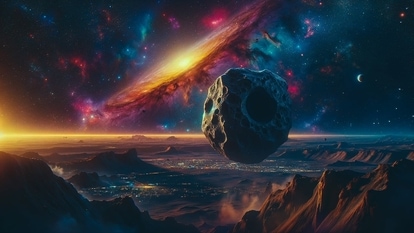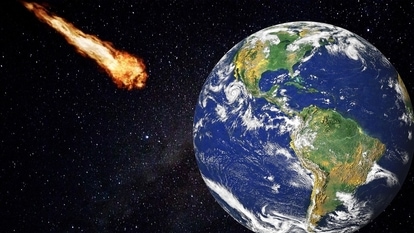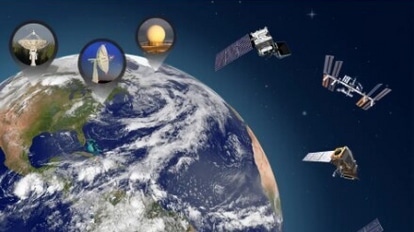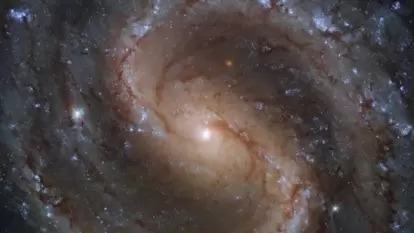Uranus moons might have hidden oceans, says NASA
One or two of Uranus’ 27 moons- Ariel and/or Miranda - may have oceans hidden beneath their icy surfaces.

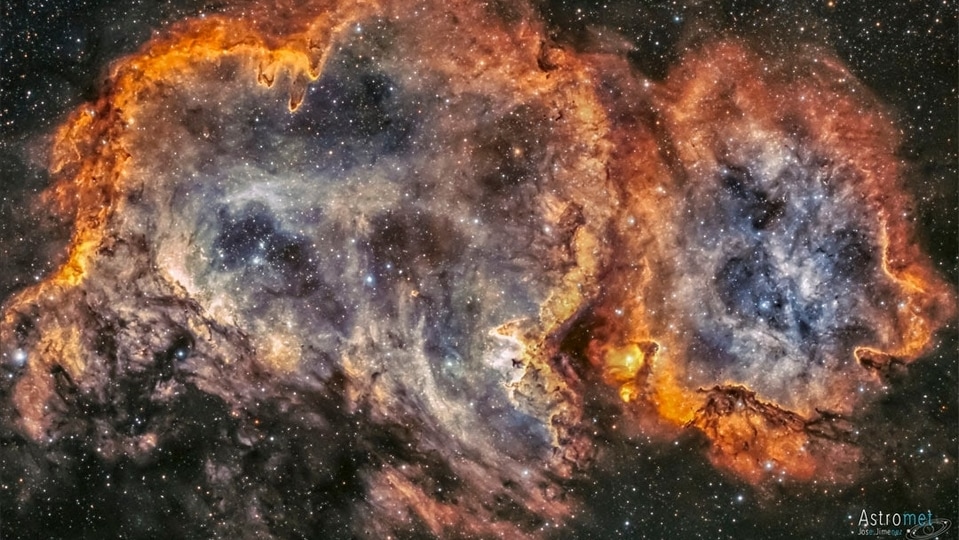


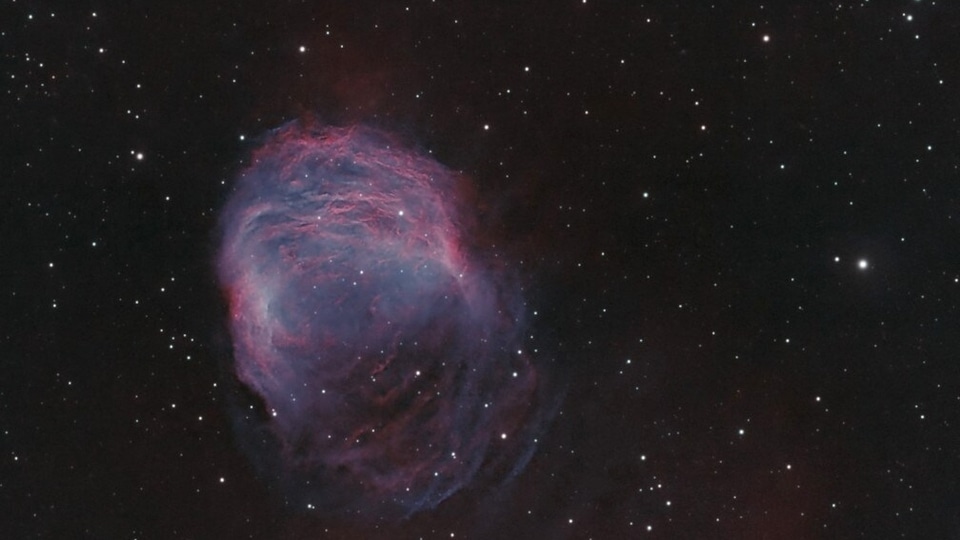
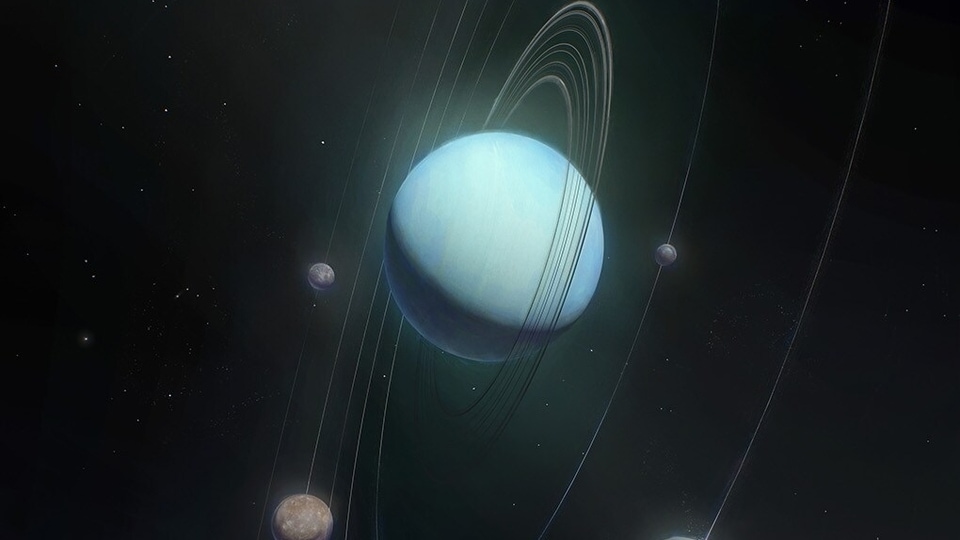
 View all Images
View all ImagesAt a time when scientists are trying to find water on other planets and their moons, NASA has made a big revelation. According to a tweet by NASA Sun and Space, one or more of Uranus' moons might have oceans hidden beneath their icy surfaces. "One or more of Uranus' moons might have oceans hidden beneath their icy surfaces, according to new findings," the tweet read.
In a new study led by the Johns Hopkins Applied Physics Laboratory (APL) in Laurel, Maryland, researchers reanalyzed nearly 40-year-old energetic particle and magnetic field data taken by NASA's Voyager 2 spacecraft — the only spacecraft so far to have gone near Uranus. Their results, recently accepted for publication in the journal Geophysical Research Letters, suggest that one or two of Uranus' 27 moons — Ariel and/or Miranda — are adding plasma into the space environment through an unknown and mysterious mechanism.
One tantalizing explanation is that one or both moons have oceans beneath their icy surfaces and are actively spewing material, possibly through plumes, Johns Hopkins Applied Physics Laboratory stated in a report.
"Scientists think the moons could be pumping out particles with vapor plumes – something that's been seen on other moons in the solar system, where the plumes are believed to come from subsurface oceans," NASA Sun and Space stated in another tweet.
Scientists previously suspected Uranus' five largest moons – including Ariel and Miranda – may have subsurface oceans, based on images from Voyager 2 showing physical signs of geologic resurfacing. If an ocean exists on these moons, they would join the subsurface-ocean club with other moons like Jupiter's Europa and Saturn's Enceladus.
These findings come as NASA is looking at sending a flagship mission to Uranus that would include an orbiter and atmospheric probe. The new discovery was presented at the annual Lunar and Planetary Science Conference on March 16.
Catch all the Latest Tech News, Mobile News, Laptop News, Gaming news, Wearables News , How To News, also keep up with us on Whatsapp channel,Twitter, Facebook, Google News, and Instagram. For our latest videos, subscribe to our YouTube channel.





